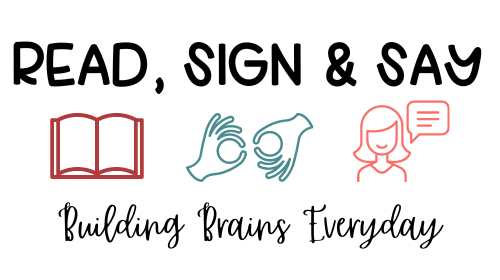Before having children of my own, I had witnessed a temper tantrum or two in the grocery store or doctor’s office. I was aware of the “terrible twos.” My understanding of temper tantrums was that it was a normal part of being a toddler and typical behavior.
I have three children, two girls, and one boy. Baby Sign Language was taught to all three from the time they were born. I expected the tantrums to begin when my firstborn approached two years of age. They never did. She was a happy, smart toddler that could tell me what she wanted through signs. She could sign how she felt when she was hungry, tired, dirty, or hurt. We never experienced the first tantrum.
At that point, my thoughts were that she was just a “good” baby with a sweet disposition. When my second baby and later, third baby came along, I did not experience the embarrassing, stressful tantrums in the middle of the checkout aisle like I had witnessed so many times. My sweet babies were able to communicate with me early due to the use of Sign Language. Amazing!!

Why Does Baby Sign Language help with Temper Tantrums?
Signing with your baby enables him or her to communicate with you regarding needs and expectations. When your toddler can communicate effectively, they become less frustrated and stressed. Temper tantrums mainly stem from frustration and the inability to communicate effectively. Or understand the expectation. Signing with your toddler has a positive impact on communication. Therefore, temper tantrums decrease because understanding and communication increase.
In addition to baby sign language…
In addition to teaching your little one to sign, it is imperative that you meet the needs of your little one. Toddlers that are hungry and sleepy become irritable and less compliant. Plan your outings around mealtime and nap times to ensure that your little one is feeling his best when going out and about.
Would you like to learn more about how to help your little one communicate early? Click here to receive a free guide to Infant Brain Development Tips.

